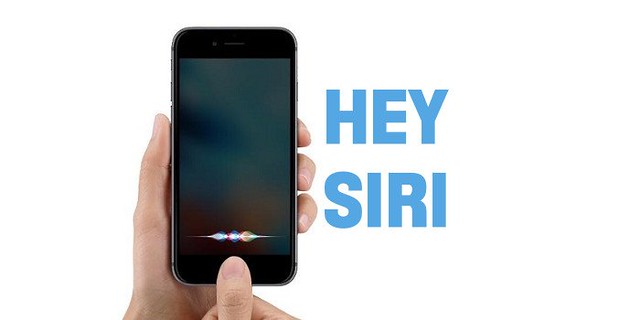Apple has rolled out some cool new features, like having Siri whip up custom images and rewrite emails, which means you’ll probably need to get new devices to make the most of these tech upgrades.

On Monday, Apple highlighted how its new AI features will let you ask a revamped Siri to play your favorite podcast’s latest episode, use the Mac’s email app to tidy up your clumsy messages, and even create AI-generated images for your group chats.
What’s Apple’s AI Called?
It all sounded handy and fun in theory. But two unsettling realities make it hard to trust the AI features Apple’s execs described in a pre-recorded video – which notably, weren’t shown live or tested by many journalists.
First, other companies like Google, Amazon, and Microsoft have boasted about similarly useful AI features that didn’t work as well as promised. Second, Apple’s track record with AI isn’t the best, having burdened users with the clunky Siri for over a decade.
Too many companies have promised magically useful AI that turned out to be rushed, barely functional, not very helpful, insecure, or prone to errors – like Google’s new AI search that suggested people eat glue. This half-baked tech just wastes time, energy, and faith in new AI innovations.
What Is Apple’s Artificial Intelligence?
Apple’s new AI features might be awesome. But most people won’t get access to them until September or later, and they might need to buy a new iPhone to use them.
Apple talked about essentially two levels of AI coming to some newer iPhones, Macs, and iPads: Apple’s own AI and OpenAI’s ChatGPT stepping in for tasks Siri or Apple’s apps can’t handle.
For example, if you need AI help to write a custom bedtime story for your kid, your phone might ask for permission to share your written message with ChatGPT.
However, it’s unclear why it wouldn’t be simpler to just use the ChatGPT app or website to generate the bedtime story. (Apple’s own AI might not handle this task yet, or Apple didn’t want to risk its AI botching a kids’ story).
Apple didn’t promise a fully capable AI assistant that can skip steps in planning your vacations or grocery orders.
No company’s AI can do that, not even Microsoft, Google, or OpenAI’s supposedly all-capable assistants. (AI can’t even check all the places where you have relevant info, like a Gmail message, an Excel spreadsheet, and a travel invoice on Expedia).
What Does Apple’s Siri Mean?

Instead, Apple said its AI would make what you already do with its apps smarter and easier, and maybe other companies’ apps too.
Several features Apple showcased, like AI writing aids and AI photo editing, are now standard features in Google, Microsoft, or Samsung products.
Even with the low bar set, it’s unclear if Apple can deliver solid, error-free AI. This is the company behind Siri, the clunky iTunes mocked by a senior exec, the failed self-driving car software, and autocorrect that thinks you’re typing “duck.”
Many AI promises magic but ends up being very flawed or useful mainly for a few specific tasks.
I don’t blame any of you who aren’t regular users of new AI tools, and that’s most people. Only about 7% of Americans use ChatGPT daily, according to a recent survey for the Reuters Institute for the Study of Journalism.
OpenAI announced a more conversational version of its chatbot in May, but it lacked most features the company talked about. Google scaled back both its AI image generator and AI-powered search results this year after high-profile mistakes. Meta’s AI is pretty silly. Amazon showed off an AI-enhanced Alexa full of bugs last year that still hasn’t launched. (Amazon’s founder, Jeff Bezos, owns The Washington Post).
These flubs aren’t Apple’s fault, and the company is usually cautious about launching products before they’re polished.
But the backdrop for Apple’s AI sparkle is that it, and other companies, are under immense pressure to showcase their AI prowess to investors, employees, and business partners. It’s tough to tell if any AI is really made for you or if it’s mainly about corporate interests.